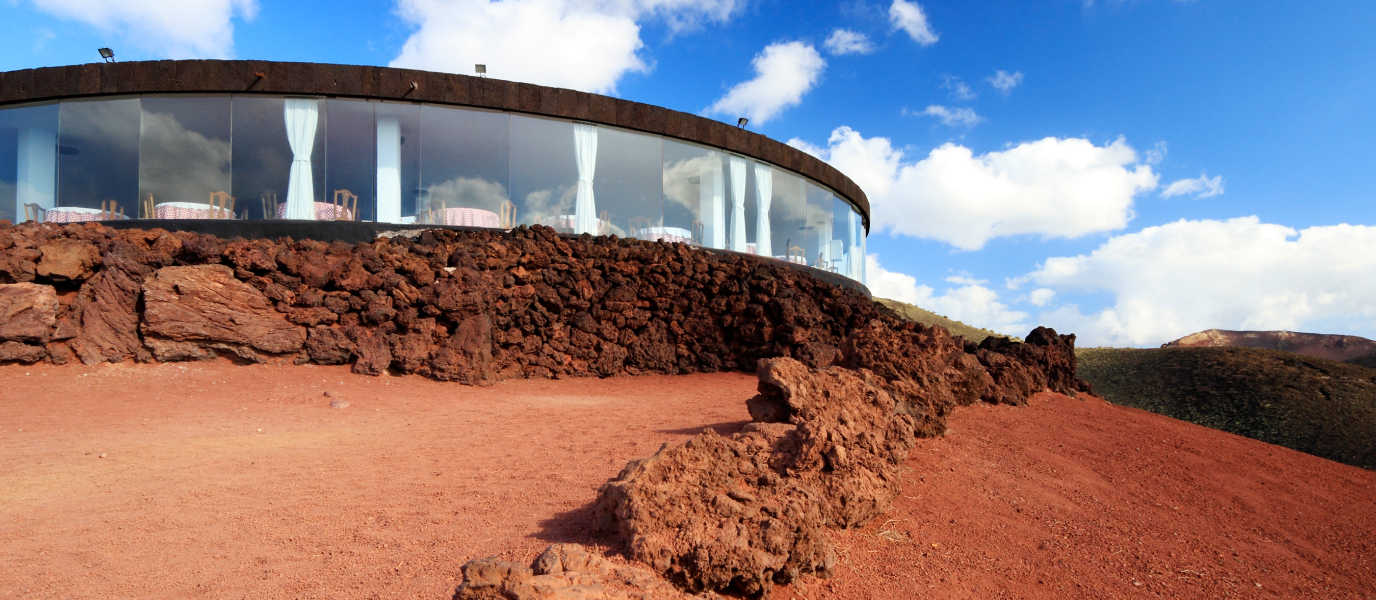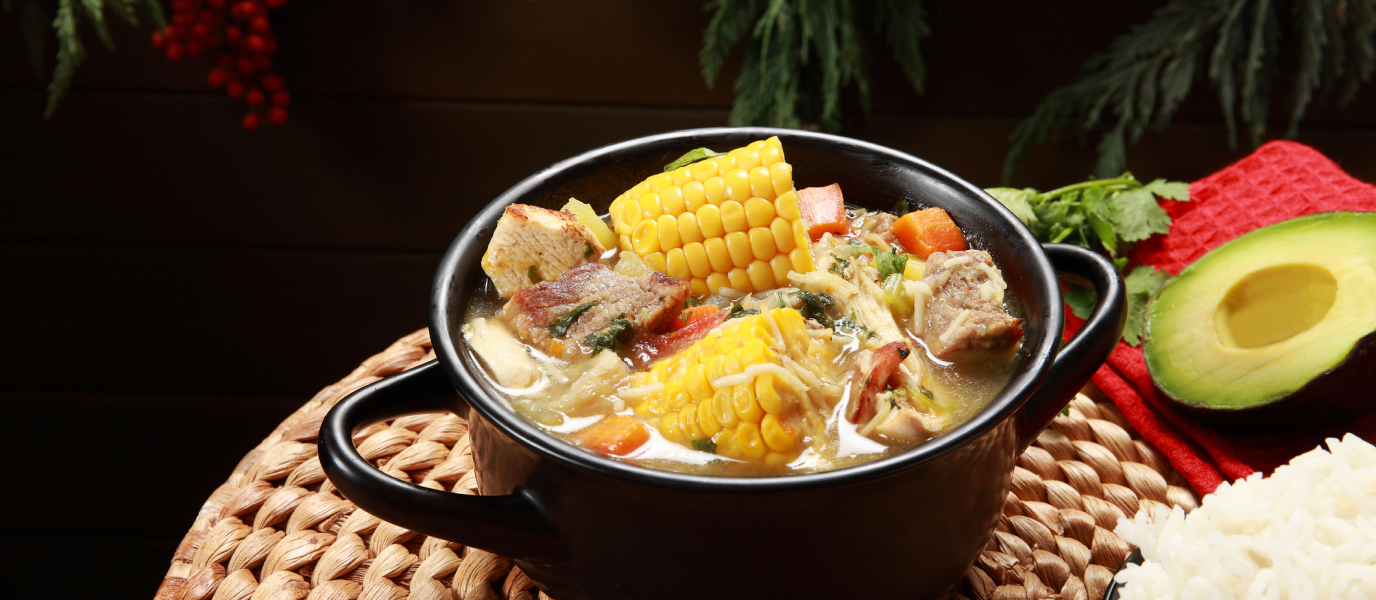The Valle de La Geria, a vast expanse of volcanic ash located in the south-west of the island, includes five of the seven municipalities that make up Lanzarote. Its proximity to the Timanfaya National Park, delineated by the strong contrast in the colour of the soils, is a reminder of the dramatic eruptions of the early eighteenth century which changed the island’s orography permanently. It also highlights the astounding capacity of the conejeros [the inhabitants of Lanzarote] to adapt to their environment, as they came up with an ingenious cultivation method based on gerias—hollows in the ground—which now enables the area to be a prolific producer of wine. This is borne out by the enormous number of wineries to be found along the LZ-30—the unremarkable road that divides the valley—which have made La Geria nowadays synonymous with wine, above all else. As an example of improvised land art, the vine plantations, in true Canarian style, lend the area a dreamlike air. Recognised in 1987 as a Protected Area, and in 1994 as a Protected Natural Space, the Valle de la Geria has also hosted since 2011 the Festival Sonidos Líquidos [Festival of Liquid Sounds]: a local initiative focused on promoting the local wine through alternative music concerts performed in the open air.
The origins of La Geria’s wine production
For many years, the Valle de La Geria was devoted exclusively to cereal growing. It was not until the eruptions of nearby Timanfaya between 1730 and 1736 that the conejero farmers were forced to come up with a new way of cultivating their land, which had suddenly been laid to waste. 1775 saw the rather casual opening of the Bodega El Grifo, which is today still in existence as Lanzarote’s oldest working winery. It was only a matter of time before others appeared.
All these wineries introduced a method of cultivating the vines that was unique in the world, and that made it possible to produce a generous, elegant wine from this barren, burnt-out land. The solution was the geria: a funnel-shaped hollow which, dug into the thick layers of picón—or volcanic ash—allows the plant to reach fertile soil, and retain the moisture from the dew. These deep hollows and the dry stone walls constructed to enclose them served to shelter the vines from the island’s constant trade winds.
Row upon row, these perfect hollows, tinged with green, ochre and black eventually traced a unique pattern over the land. With the passage of time, only the wineries and a few farm buildings now remain in La Geria, in perfect harmony in this landscape scattered with volcanic cones, lava fields and mysterious caves.
A tour of the wineries of La Geria
It is said that a tour of the Valle de La Geria is an essential part of any trip to Lanzarote. There are several reasons for this: one of which is the area’s proximity to Timanfaya, and to the scenic triangle comprised by the Salinas de Janubio, Los Hervideros and the Charco de los Clicos. The other, more important reason, is its Canary Island wine trail, which offers the opportunity to visit the vineyards which up to twenty of the area’s bodegas, or wineries, open up to the public.
These are prestigious bodegas which have, for centuries, harvested the most prized grape grown in the Canary Islands, the malvasía volcánica: a variety which originated in Greece, which even Shakespeare himself was once seduced by, according to his famous play Henry IV. The area mainly produces white wines, which may be dry, medium dry, sweet, medium sweet, liqueur wines, vintage wines or sparkling wines.
The itinerary focuses around the LZ-30, between the villages of Uga and Mozaga, so the trail can be followed from north to south, or vice versa. However, we recommend that visitors depart from Uga in order to catch the fantastic Saturday morning farmers’ market which provides the perfect lead-in to the wine trail. La Geria (open from 9:00 AM until 6:00 PM) and Rubicón (from 10:30 AM until 8:30 PM) are the first two bodegas we come to, facing each other across the road. La Geria, built by the Rijo family towards the end of the nineteenth century, is one of Lanzarote’s oldest wineries—and the most visited in Spain, receiving 300,000 visits per year. In addition to exclusive tours of the Timanfaya National Park, the bodega holds daily guided tours of its vineyards and the various areas of the premises; the tour includes a detailed history of La Geria, and a description of the daily life of a winegrower, and ends with a tasting of the bodega’s finest wines.
Towards Masdache, a small village whose houses appear to be encrusted with lava, we find two more distinguished bodegas. Vega de Yuco (open from 8:00 AM until 4:00 PM), has been in existence for barely twenty years, but has a very subtle dry malvasía among its assets; in contrast, Bodegas El Grifo (10:30 AM until 6:00 PM) is the oldest wine-growing establishment in the Canary Islands. Apart from the usual tour around its two-centuries-old vineyards, this bodega also has a Wine Museum where visitors can see vintner’s tools from years gone by in a traditional Canarian building.
Leaving Masdache, you will come to the Bodega Los Bermejos at the side of the road, very close to the little village of El Islote. Here it is possible to taste not only malvasía, but also muscatel and Diego dry whites, as well as reds made by the technique of carbonic maceration. The trail ends at the Monumento al Campesino [Monument to the Farm Worker], in the village of Mogaza, the work created by the Canary Islands artist César Manrique as a homage to centuries of hard work by the farmers of Lanzarote.





































































